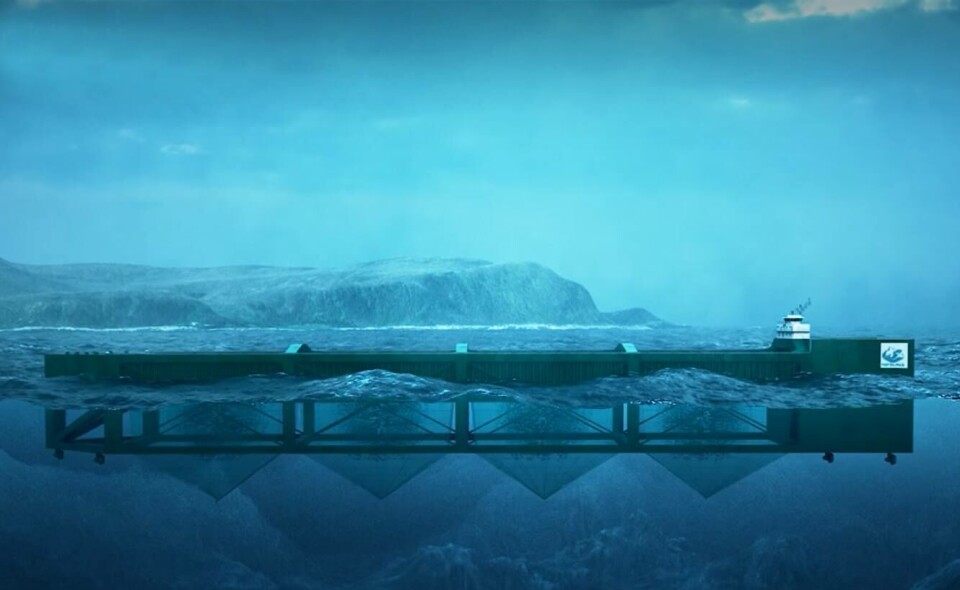
Development permits issued for self-propelled Havfarm
Norwegian salmon farmer Nordlaks has been granted eight development licences for a self-powered version of its Havfarm concept, allowing it to grow 6,240 tonnes of fish.
A different version of the Havfarm which doesn’t have its own propulsion system is currently being built for Nordlaks in China, with the aim of having it ready to be stocked with salmon in spring next year. Nordlaks has won permission to grow 10,000 tonnes of salmon in the farm.
By using a turret mooring concept taken from the offshore industry, that version of the Havfarm – for which Nordlaks has 10 development licences - can rotate around its own axis to lie at anchor.
Mobile anchor system
The second version, known as Havfarm 2, has its own propulsion system that will operate independently of fixed mooring installations. A mobile anchor system will be used to relieve the propulsion system under normal operating conditions.
The propulsion system will ensure both positioning (station keeping) and relocation and means that Havfarm 2 can use different production areas during a production cycle, according to the information provided to Norway’s Fisheries Directorate. The structure is similar to semi-submersible platforms.
Nordlaks originally applied for 39 development permits to develop three or four sea farms in 2015 but was granted 10. That number was increased on appeal to 13 for Havfarm 1 and eight for Havfarm 2 in September 2017 and has now been rubber-stamped by the Fisheries Directorate.
The cost of the Nordlaks investment in the Havfarm project is estimated to be in the region of £60 million.






















































